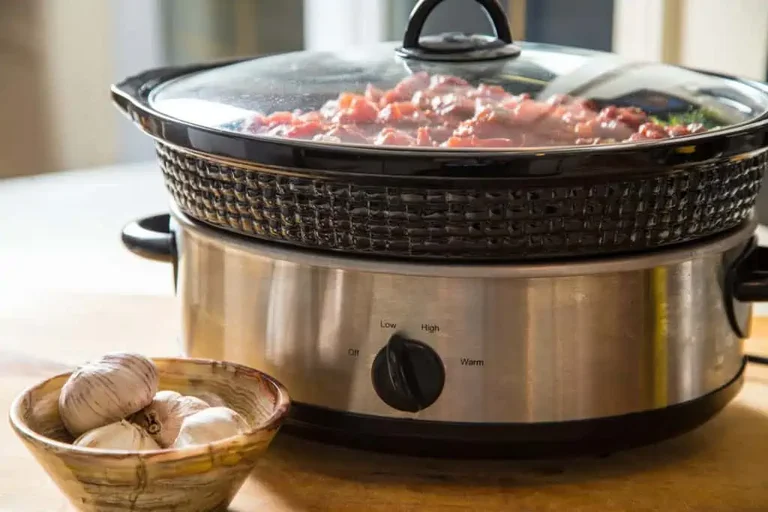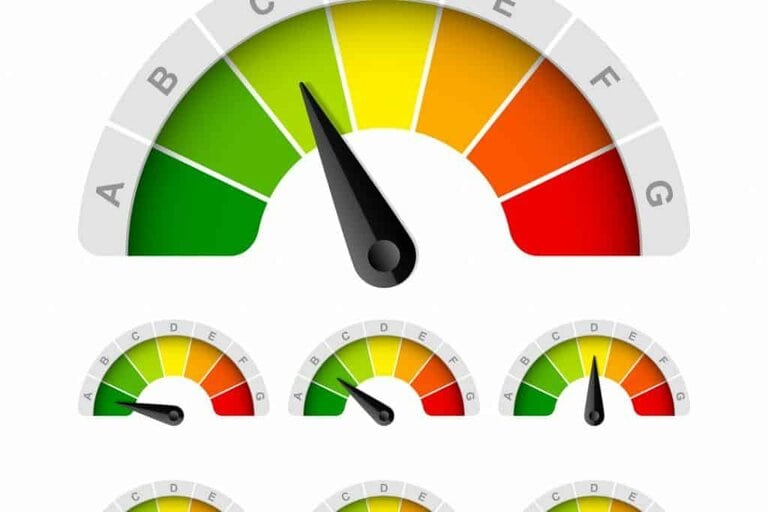Slow cookers are low-energy appliances that don’t require a lot of amps. At the most, a standard slow cooker will only draw 2 amps but on a low setting, this can drop to below half an amp.
Slow cookers let you freely cook dishes while you do other tasks or chores. But did it ever cross your mind how many amps a slow cooker uses?
These devices operate by using regular 120V outlets and also work at low amperage. When keeping food warm, it uses around 0.5 amps. When operating in high cooking modes, the slow cooker often works with 2 amps.
Running it for eight hours on low settings, a standard slow cooker uses around 1.44 kW/hours of electricity.
Keep in mind that there are a couple of elements that affect the overall power consumption of slow cookers. But generally, these devices are energy-efficient and are considered as alternatives to electric stoves and ovens.
Let’s check out the amp use of slow cookers in a little more detail and why it’s a good idea to use them.

How to Measure Power Consumption
For homeowners and even renters, an important number to remember when it comes to power consumption is kWh (kilowatt/hours).
It’s what your electric provider uses when they bill you for electricity. And, it’s also a result of two additional factors: voltage (electrical pressure) and amperage (current).
To make it easier for you, let’s define these terms for better clarity.
- Amperage (A) is the current in electrical circuits and considers both the volume & flow rate of electricity.
- For voltage (V), it’s the potential electrical difference between the electrical circuit’s point. Essentially, it’s the basic push that moves electricity in circuits.
- Wattage (W), on the other hand, is the power output in electrical circuits resulting from the amperage and voltage.
It’s also good to note that resistance plays an important factor in electric systems. But for now, we can overlook this since we’re tackling slow cookers.
If this is still confusing for you, don’t worry. A more common and simpler way to think of this is by thinking that electricity was water from a hose. Amperage would be the flow rate of a specific water volume through the hose whereas Voltage is water’s exerted pressure.
When these are multiplied together, you’ll get wattage (power) that water generates. If you boost the current/pressure from the hose, you’ll notice an increased power output.

Energy Use of a Slow Cooker?
The wattage of slow cookers will vary from one model to the next but they generally consume somewhere in the region of 50-300 watts. The standard outlet in the USA will have a voltage of 120.
With these two figures, you can work out the amp use. All you need to do is divide the wattage by the voltage. Even for a powerful 300-watt slow cooker, when divided by 120 volts, this gives an amperage of 2.4.
On the other end of the scale, if your slow cooker is on low then it may only be using 50 watts. When you divide this by 120 volts, you get a little over 0.4 amps.
This is much lower than other forms of cooking such as an electrical oven which may need as much as 40 amps. When looking at the energy use of a slow cooker, it is a good idea to take the long cooking time into account which is why considering kilowatt-hours is important.
Are Slow Cookers and Crock Pots the Same?
These two terms are often used interchangeably but know that there are differences between them. To put it simply, the Crock Pot is a kind of slow cooker. It’s a brand name rather than a type of appliance.
The brand Crock Pot first appeared on the market way back in the 1970s. It features a stoneware pot surrounded by heat. Then for a slow cooker, it’s usually a metallic pot sitting on top of a heated surface.
A slow cooker isn’t a brand but a term referring to the kind of appliance you’re using. Other popular brands that create slow cookers are KitchenAid and Cuisinart.
Aside from slow cooking, other models of slow cookers have advanced features such as steaming, searing, and sautéing.
Slow cookers also utilize moist heat to cook food over extended periods, making them perfect for tenderizing tough meat. Other than that, slow cookers are also great for whipping up tasty dips and creating easy weeknight dinners.
However, keep in mind that not all slow cookers are created equally. That means you should always pay close attention to your cooking time and heating instructions of the slow cooker.
Benefits of Using Slow Cookers
For perfect hands-off cooking
Compared to gadgets and appliances requiring your full attention, slow cookers let you cook and do your thing. Simply toss in your ingredients and leave them to cook.
This is an excellent feature that lets you focus on various activities/tasks while your meals cook. It’s ideal for people with a busy schedule who haven’t the time to prepare a hearty meal to enjoy.
Great at bringing out all the rich flavors
These kitchen appliances can bring out a recipe’s true rich flavor since it combines various characteristics of ingredients inside. Once these combine, a marriage of delicious flavors and aroma will explode, giving you authentic and additive-free meals.
Since the ingredients will all cook at very low temperatures, slow cookers allow for ideal distribution of tastes and flavors. With that, you’ll get extra-tasty and delectable meals.
Great for tenderizing meat
Slow cookers can help you easily tenderize meat, even cheap cuts. It makes them tasty and smooth after a long cooking process. This is the reason why slow cookers are used for making a variety of venison dishes.
You can use this to tenderize beef that isn’t lean, roast, or chuck steak without paying more for expensive cuts.
It’s user-friendly and easy to learn
You won’t have to bother learning much about cooking when using the slow cooker. The only thing you need to do is toss all your ingredients in the pot then choose your preferred settings. After that, switch the slow cooker on and you’re good to go.
If you’re a first-timer, don’t worry! You can still whip up excellent dishes using the cooker since you won’t need a lot of learning to use it.
Just read the manual and you’ll be fully prepped for creating a delicious meal. If you have no idea what to create, just grab a slow cooker cookbook which is pretty useful for first-timers.
Promotes healthy cooking
High heat is known for breaking down nutrients in various food which leads to decreasing your recipe’s nutritional value. Also, it can emit potentially harmful chemicals that can lead to diabetes and renal complications.
Because of extra-low temperatures, the slow cooker allows all your ingredients to retain their nutrients. And this is while simultaneously limiting any harmful and potentially toxic chemicals.
And compared to frying or boiling, you won’t need to cook at high temperatures. So, the chances of overcooking your meals are greatly reduced with the slow cooker.
It greatly helps in reducing overall costs
Unlike standard electric ovens, these slow cookers use up less energy. This helps you save a lot more money in the long run which is something everyone wants.
It can be quite impractical to use the appliance to prepare every single meal that you think of. But, it can still help you save on costs especially when you use different devices for cooking other dishes.
Slow cookers are also used for preparing bulk meals. With that, you can cut on energy costs that you’d incur when preparing separate dishes.
Lets you serve food without having to bother reheating
Meals coming from slow cookers often take longer to completely cool. What makes it even better is that the modern slow cookers feature a “keep warm” setting. This lets your food stay warm even when the whole cooking process ends.
FAQs On how many amps does a slow cooker use
Is cooking in a slow cooker safe?
Yes, it is. Slow cookers cook your food at safe temperatures and you can leave them unattended.
What are the usual cooking times for slow cookers?
The usual time these reach their simmer point is about seven to eight hours on low. On high, it’s three to four hours. These are approximate since different slow cookers come to temperature differently.
What food should never enter slow cookers?
Rice, pasta, couscous, boneless chicken breast, extra fat, delicate veggies, and raw meat shouldn’t go in slow cookers. Wine and seafood are also other items that you should avoid.